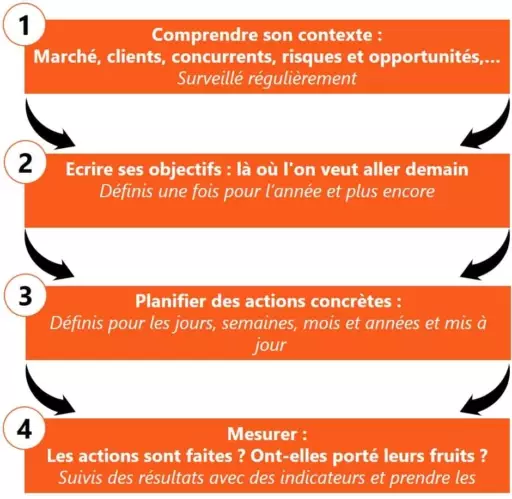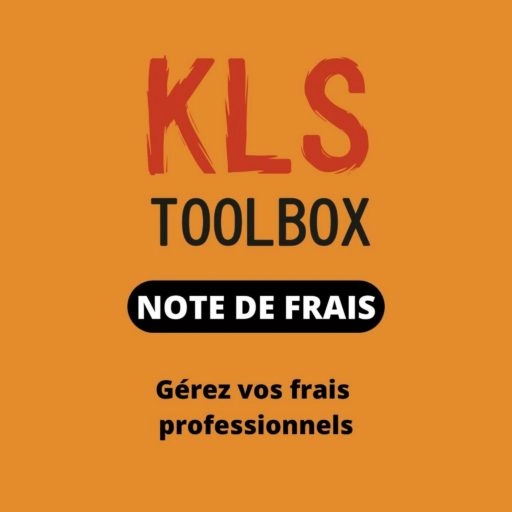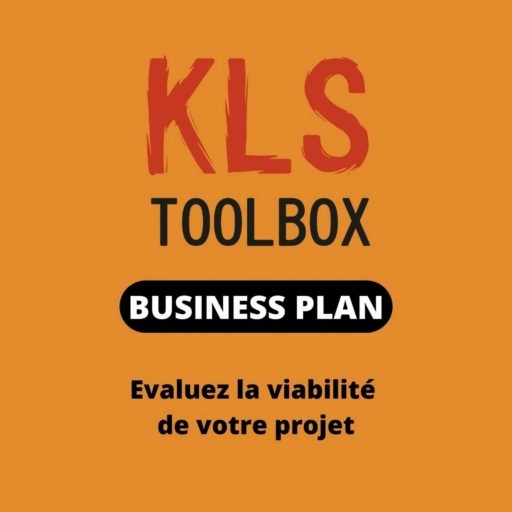The challenges of the dashboard: an intelligent management tool
There are many articles about the definition and why have a dashboard. So we will try not to repeat ourselves too much.
The first observation is that the existence of one or more dashboards depends on the maturity of the company. On the other hand, it depends on the availability of one or more people to create it, to retrieve the data and to choose the right indicators.

Do I really need a dashboard?
Let's take the example of a plane or a car. The pilot and co-pilot have at their disposal a cockpit with a set of measuring devices, data indicators and warning lights. All this allows them to act or react to make decisions in relation to the situation.
That's what a dashboard is! It is a dynamic management tool for the company director. It is therefore not fixed in time and must go to the essential.
Its implementation must enable decisions to be taken according to the context and objectives of the company. Consequently, to make a success of the dashboard, it must be synthetic with the basic indicators. Finally, it must be made available to the people responsible.
This is why there are different dashboards for different areas: HR dashboards, commercial dashboards, financial dashboards, etc. Some key indicators will then be consolidated in the management dashboard.
Why don't all companies have a dashboard or even too many dashboards?
This is often linked to the personality of the leader and the culture of the company.
Setting up a dashboard is a project in itself. It requires ensuring that the indicators chosen are relevant to clear objectives. This step should not be neglected, as this could lead to the creation of unsuitable indicators that are not accepted by operational staff within the organisation.
It is not a question of asking each person to choose the indicator they want. However, it is advisable to include a broad panel in the reflection.
Our feedback has led us to classify companies into 3 typical profiles :
- The profile strategist The objectives are clear, measurable, verifiable and generally well communicated to the teams; this profile has a desire to pilot its business model.
- The profile browser The objectives are more or less written down, the monitoring of commercial and financial data exists but not in an incomplete way to be able to take decisions; this profile wants to steer but does not always know how to do so and where to start.
- The profile Blessed The objectives are only in the head of the manager. Decisions are taken as and when the wind blows; this profile is not convinced that a simple dashboard is useful for steering the company and that only experience counts.

We have found that many companies do not actually have a real dashboard. Sometimes they even have too many dashboards for different reasons:
- Unknown objectives in the company, sometimes not shared or not communicated, or not clear enough.
- Difficulty in defining the most useful indicators according to the company, its size and objectives.
- A concern about the time needed and the usefulness of creating this type of tool.
- Objectives that are difficult to measure because of obstacles to retrieving structured, relevant and up-to-date data.
- A culture of vagueness to avoid controls on the actual performance of some directorates.
- A lack of time and resources to structure its implementation.
The ingredients for a good scorecard
Our first piece of advice before starting is thata scoreboard is not a simple "display" of figures or indicators.
Monitoring your turnover, cash flow and results is important. Maybe you want to go beyond that and see if your other goals are being met.
Beforehand you will have defined the relevant type of dashboard:
- Operational financial dashboard It is very often produced by management control in agreement with the operational functions and management. It will be useful for analysing and steering your company's financial indicators while being sufficiently understandable by the functions in the field (e.g. DSO to evaluate the average number of days of late payment or the time required to collect your outstanding receivables).
- Table of operational board It can concern all the other activities and functions of the support and operational company such as human resources, technical follow-up of projects, commercial actions, etc. (e.g.: Book to Bill which is the ratio between your new orders and invoicing during a given period).
- Strategic scorecard (or balanced scorecard): rather high level, its purpose is to list the performance indicators that are deemed essential according to the priority areas of the company's policy. They may be HR, commercial, financial, operational, safety, environmental, quality, etc.
To make a dashboard you need at least 4 ingredients
Step 1: Understanding the internal and external context is essential for your business. This includes legal requirements, the level of maturity of your organisation, the identification of stakeholders and their requirements, the level of skills, the level of maturity of tools/equipment, etc. (see article Risk management).
Step 2: Define concrete objectivesThis means being able to measure with available data, to be able to measure with available data, to be able to measure with available data, to be able to measure with available data, to be able to measure with available data. It also means being able to measure with available data. Example: "Strengthen our price offer as the number one competitive advantage".
For each objective you will have defined one or more indicators:
- Activityto report on a volume of transactions (e.g. the number of days lost to monitor absenteeism)
- Efficiencyto make the link between the resources committed and the results (e.g. the effectiveness rate of a training course)
- PerformanceTo find out whether the organisation has achieved its objectives (e.g. expected employee intake rate within 10 days)
Step 3: Decline actions.
After the words, you need to define what you need to do in practice. This means planning a tactic to deploy your actions on the ground. When you aim for results you plan actions with milestones, responsible people and monitoring indicators.
Examples of action : "Communicate once a month on our range and the quality of our high margin products "
Step 4: Measure.
At last you have the first results of your actions. Now you need to evaluate the progress and level of these results. This should not be done just in anticipation of an audit that will require you to do this, but rather to have defined relevant indicators.

Our advice: Conclusion
A dashboard and its indicators should be a decision-making tool, nothing more and nothing less.
- Set clear strategic objectives for your business remains a priority as we wrote in our article on SWOT analysis.
- Select the right indicators and the right amount. They should be based on clear objectives and translated into action. In this way you will be able to explain them and make them evolve according to the context of your company.
Do you want to set up your dashboard? Do not hesitate to call on the consultants of our firm of business consultancy to help you.




